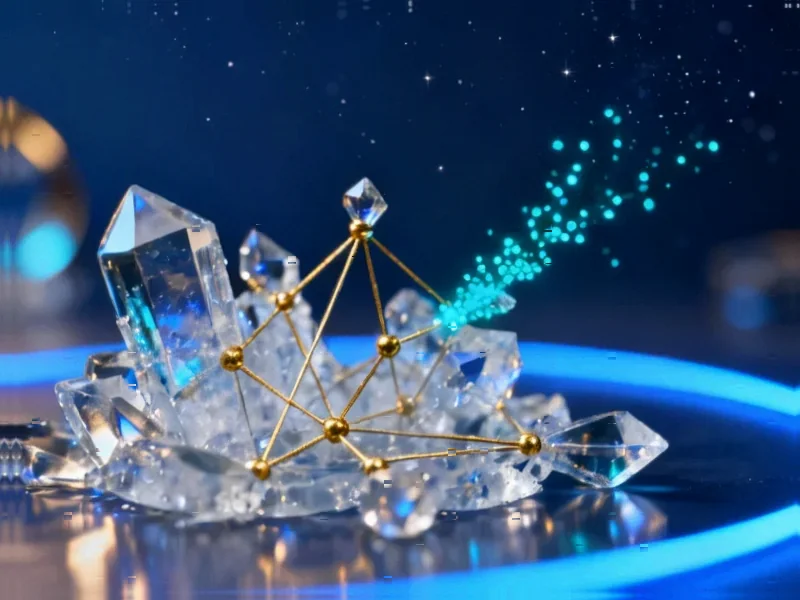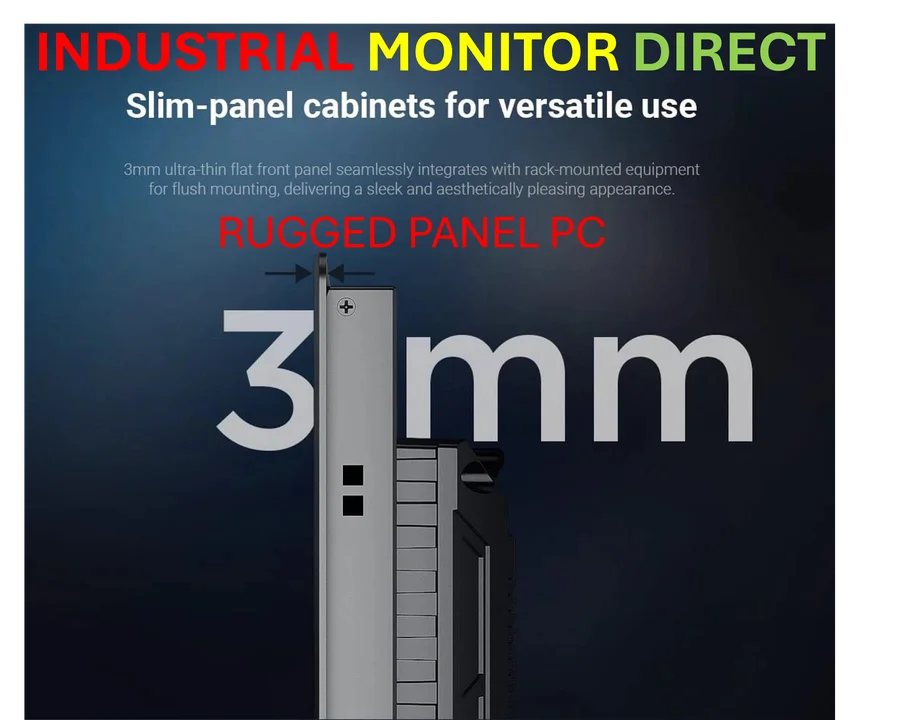According to Phys.org, a team of scientists led by Yang Bai at the University of Wisconsin has proposed using existing neutrino detectors as massive particle colliders capable of reaching energies far beyond current terrestrial limits. The research, published on the arXiv preprint server, suggests that these detectors could function as Large Neutrino Colliders (LvC) by analyzing neutrino interaction events, particularly “track” events created when neutrinos interact with muons. These detectors, including IceCube in Antarctica, KM3NeT in the Mediterranean, and the newly operational JUNO in Jiangmen, China, could potentially detect collisions releasing up to 220 peta-electron volts – nearly 16,000 times more energy than the Large Hadron Collider currently produces. This approach could enable physicists to search for theoretical particles like Leptogluons that exist beyond the Standard Model of particle physics, though the method has limitations for detecting other particle types.
The Physics Behind Giant Natural Colliders
What makes this proposal particularly elegant is how it leverages existing natural phenomena as experimental apparatus. When ultra-high energy neutrinos from cosmic sources interact with matter in these massive detectors, they essentially create miniature particle colliders at the interaction point. The key insight is that these interactions aren’t just background noise to be filtered out – they’re actually high-energy physics experiments happening spontaneously within the detector medium. The Cherenkov radiation that these detectors were originally designed to capture becomes the signature of particle collisions occurring at energies we could never achieve through human-built accelerators on Earth.
Technical Implementation Challenges
The transition from neutrino detection to particle collider operation presents significant technical hurdles. Current detectors like IceCube and KM3NeT were optimized for identifying neutrino interactions and determining their direction and energy – not for detailed particle physics analysis. To function as true colliders, these facilities would need enhanced capability to distinguish between different types of particle showers and tracks with much higher precision. The spherical “shower” events mentioned in the research are particularly problematic because they don’t provide clear directional information, making particle identification extremely challenging with current photodetector arrays.
Beyond Standard Model Opportunities
The real promise of this approach lies in its ability to probe energy regimes completely inaccessible to terrestrial colliders. While the LHC operates at 13.6 TeV, these neutrino interactions can reach hundreds of PeV – opening windows to physics at scales we’ve never directly observed. Leptogluons, the primary target mentioned, represent just one class of potential discoveries. The extreme energies involved could reveal signatures of grand unified theories, extra dimensions, or other exotic physics that current colliders simply cannot reach. What’s particularly compelling is that we’re not waiting for new technology – the natural universe is already providing these high-energy collisions; we just need to learn how to read them properly.
Future Detector Design Implications
This research could fundamentally reshape how we design the next generation of neutrino observatories. Future detectors like the proposed IceCube-Gen2 or Pacific Ocean-based projects could incorporate particle physics analysis capabilities from their inception. This might involve hybrid detector designs that combine traditional photodetectors with other particle identification technologies, potentially including calorimeters or tracking chambers optimized for high-energy collision analysis. The research paper effectively argues that we should stop thinking of these facilities as mere neutrino telescopes and start viewing them as multi-purpose high-energy physics laboratories.
Complementary Approach, Not Replacement
It’s crucial to understand that neutrino colliders complement rather than replace traditional accelerators. While they excel at certain types of high-energy searches, they lack the controlled environment and precise energy tuning that make facilities like the LHC so valuable for systematic studies. The inability to compete with the LHC for detecting heavy vector bosons demonstrates that both approaches have their strengths. The most productive path forward likely involves using terrestrial colliders for precision measurements and systematic exploration, while leveraging natural neutrino colliders as discovery engines for entirely new physics at extreme energies.
Practical Implementation Timeline
The transition from concept to operational Large Neutrino Collider will require significant development work. Current detectors would need software upgrades to reanalyze existing data with particle physics objectives, plus potential hardware enhancements for future observations. The good news is that many of these detectors already have extensive data archives that could be mined for initial searches. Within 2-3 years, we could see the first physics results from reanalyzed data, while purpose-built capabilities might emerge in the next generation of detectors currently in planning stages. This represents one of the most cost-effective approaches to expanding our reach in particle physics, leveraging billions of dollars of existing infrastructure for entirely new scientific purposes.




